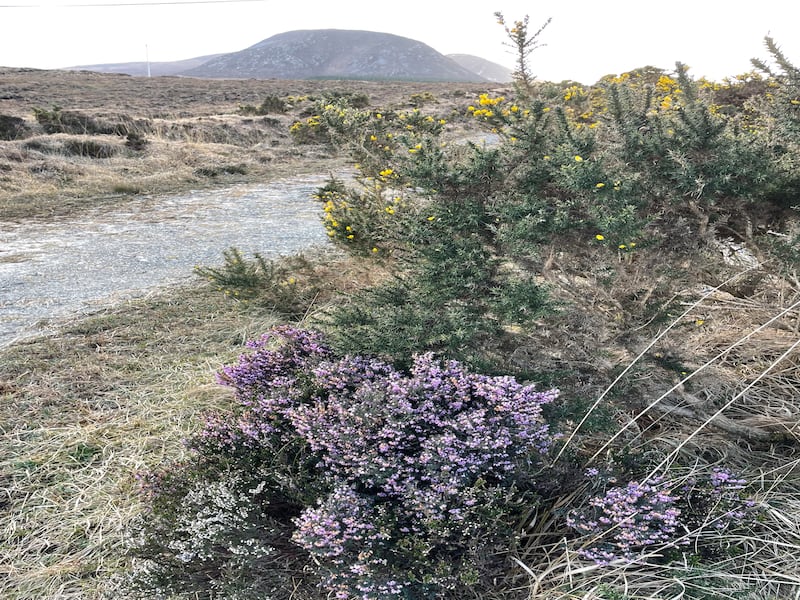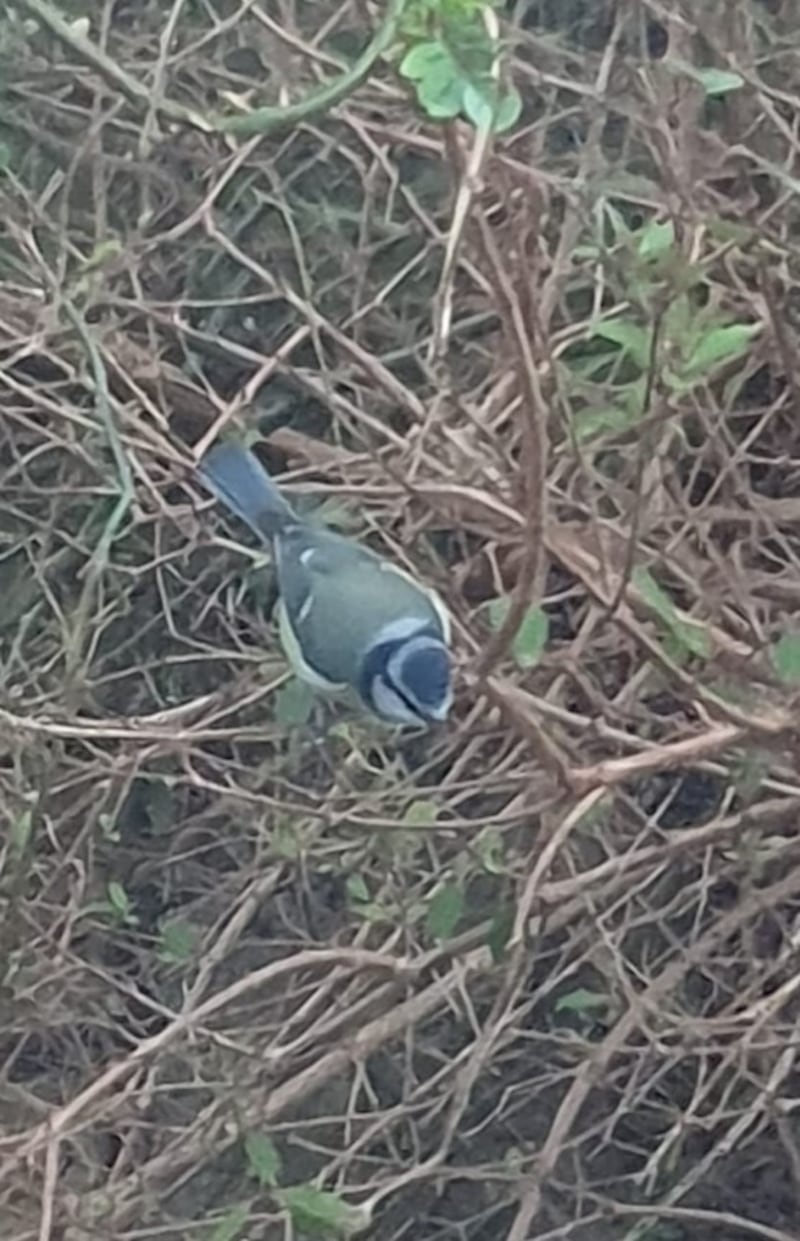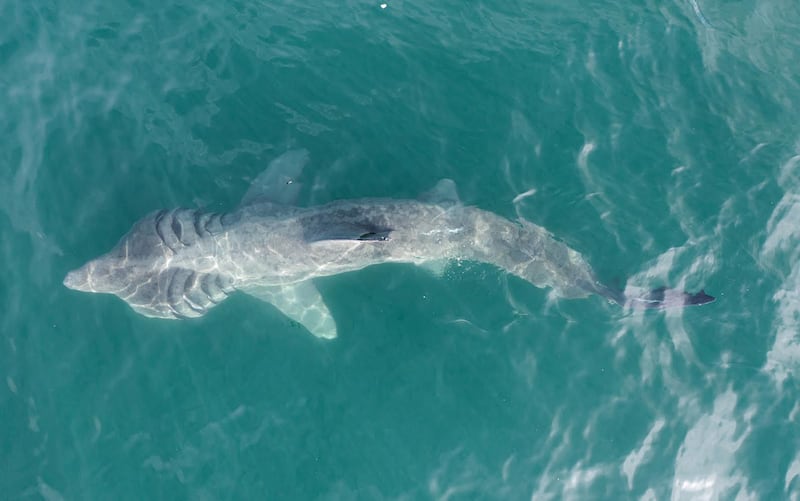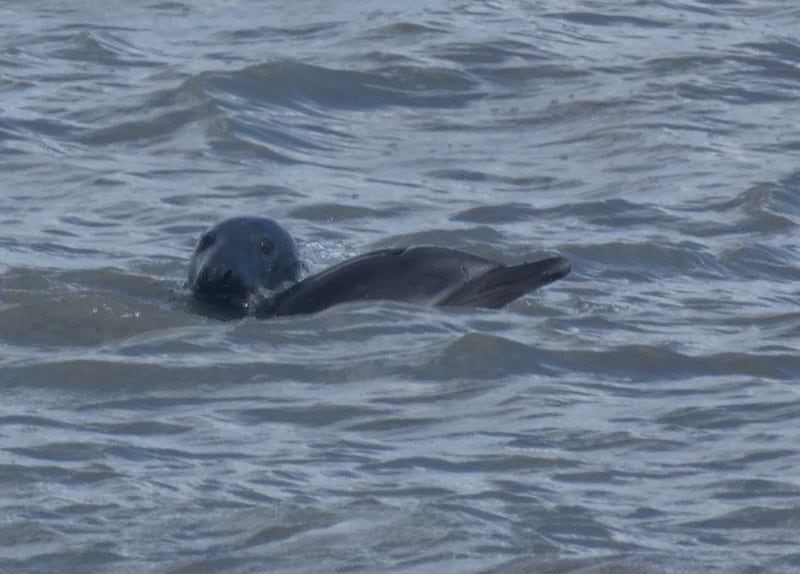This gannet was sitting on a harbour wall in Belmullet for several hours and seemed unable to fly. It didn’t look injured. S Ó hArdín, Dublin
It may not have looked injured, but the fact that it sat there not flying away when approached is indicative of it being ill – most likely with bird flu. This disease was rampant among gannets last year and breeding colonies were particularly hard hit as the virus spread among the closely nesting birds. It doesn’t seem likely that this one will make it to the nearest breeding site on Clare Island farther south.

In Wexford the furze and the heather bloom together on the hills and mountains in September. In 1996 the hills were ablaze with the county colours, as we proudly brought home the Liam McCarthy Cup. So this year why were the Mayo hills of Corraun and Achill sporting the Wexford colours at the end of March? J Maher, Wexford
The furze in bloom at the moment in Mayo and many other places is Ulex europaeus. This is a different species to Ulex galii, which is most frequent in the east and south and blooms from July until the end of September. The spring heather in flower at the same time is the Lusitanian species Erica erigena: the Irish heath. This occurs only in western Mayo and Connemara as well as Spain and Portugal. There is no hurling subplot.
READ MORE

This little bird has begun visiting the same branch in the garden each day. He does a dance and taps on the window. He could do this for hours. What is he doing and could he harm his beak? Zara Lee, Co Dublin
This is a male blue tit and he is holding territory at this time of year. He sees his reflection in the mirror and thinks it is a rival male. This behaviour is intended to drive the interloper out of his territory. He is on a hiding to nothing unless you hang something on the window, which stops him seeing his reflection and so convinces him that he has been victorious.

Michael Keane of Blacksod Sea Safari sent in this picture of a basking shark. He says that the first basking shark off the coast of Achill was seen at the end of March, which is very early. Basking sharks arrive in our waters in summer following the concentrations of plankton blooms on which they feed. They generally arrive at the end of April/early May and stay around all summer. It is another indication of how warm our ocean has become if the plankton can bloom here in sufficient number to attract the basking sharks up from their winter quarters around the Canaries and the Azores so early in the year.

There was a common dolphin and a large bull grey seal swimming and splashing very close together near to the RNLI station in Skerries one afternoon towards the end of March. At times it looked as though the seal was holding on to the dolphin, their two heads sticking out of the water close together. The seal repeatedly appeared to be on top of the dolphin, but we never saw the seal bite it, and no fresh wounds or injuries were seen on the dolphin. I was talking to Padraig Whooley of the Irish Whale and Dolphin Group, and it seems there are few or no such records. After two hours, the animals moved off out into deeper choppy water, where they could no longer be seen. Strange, unexplained behaviour. The picture was taken by Johnny Woodlock. Ciaran O’Keeffe, Skerries, Co Dublin
Please submit your nature query, observation, or photo with a location, via irishtimes.com/eyeonnature




















